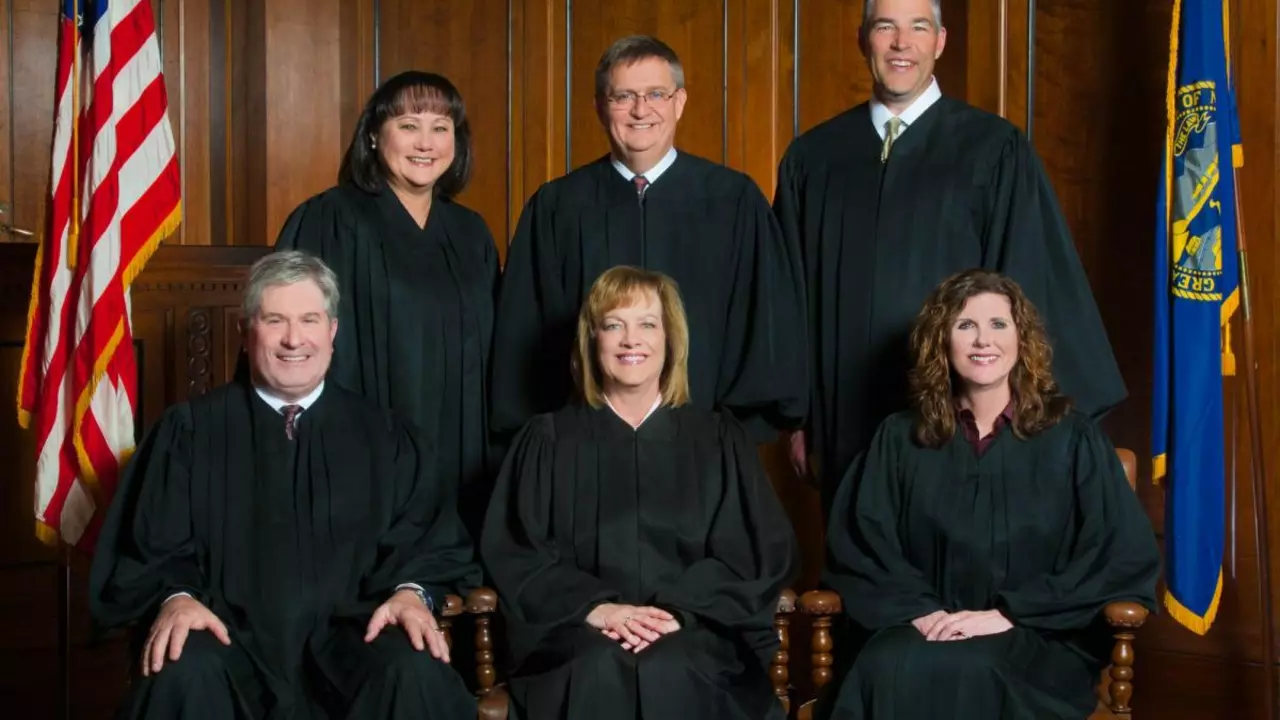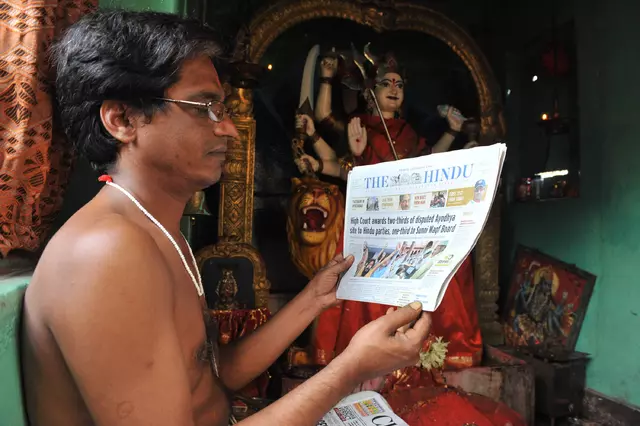Supreme Court Judge: What They Do and How They Get There
Ever wonder who decides the biggest legal battles in India? Those are the Supreme Court judges. They sit at the top of the judicial ladder and handle cases that can change laws, policies, and even daily routines. This guide breaks down their job, how they get the job, and why you should care.
How a Supreme Court Judge Is Appointed
The appointment process starts with a shortlist prepared by the Chief Justice of India. A senior‑court collegium then picks names based on experience, integrity, and legal expertise. The President of India makes the final call, but only after the collegium’s recommendation. This system aims to keep politics out of the courtroom.
What a Supreme Court Judge Actually Does
Once on the bench, a judge hears appeals from lower courts, resolves constitutional questions, and can issue orders that affect the whole country. They don’t just read papers; they listen to lawyers, examine evidence, and write judgments that become binding law. Their rulings can protect rights, curb government excess, or clarify ambiguous statutes.
Eligibility isn’t a free‑for‑all. A candidate must have at least 10 years of experience as a judge of a high court or as a distinguished lawyer. Age matters too – most judges retire at 65, so the window for service is limited. This mix of experience and age ensures they bring wisdom without losing relevance.
Supreme Court judges also sit on special benches for important matters like election disputes, environmental issues, or major corruption cases. These benches can consist of three or five judges, and their collective decision carries the weight of the nation’s highest court.
Landmark decisions illustrate their power. Cases on same‑sex marriage, freedom of speech, and environmental protection have all been shaped by a handful of judges. Their written opinions become reference points for lawyers, scholars, and even future judges.
Beyond the courtroom, judges influence everyday life. A ruling on consumer rights can affect how you shop online, while a judgment on privacy can change how apps handle your data. In short, the work of a Supreme Court judge trickles down to the choices you make every day.
Judges face challenges too. They must balance independence with accountability, handle massive caseloads, and stay updated on new technology and social trends. Pressure from media, politicians, and public opinion can be intense, but the constitution shields them to keep decisions fair.
If you want to follow a judge’s work, the Supreme Court website posts daily orders and full judgments. News portals and legal blogs often break down complex rulings into plain language. Staying informed helps you understand how the law evolves and what it means for you.
Bottom line: Supreme Court judges are the final arbiters of justice in India. Their appointment process, daily duties, and landmark rulings shape the country's legal landscape. Knowing how they operate empowers you to grasp the bigger picture of law and governance.



